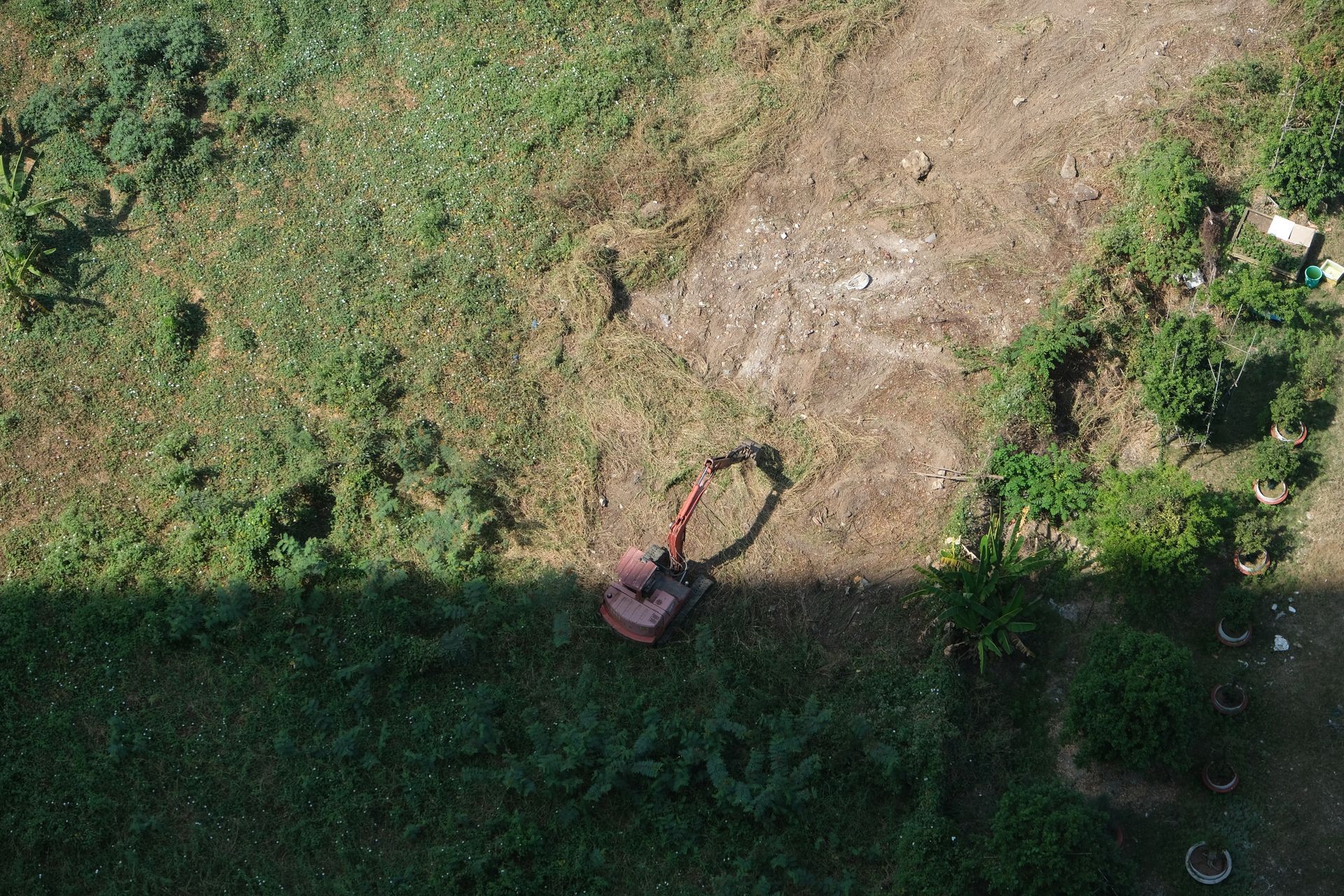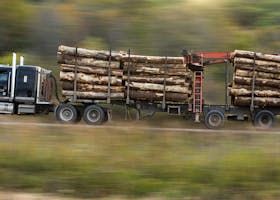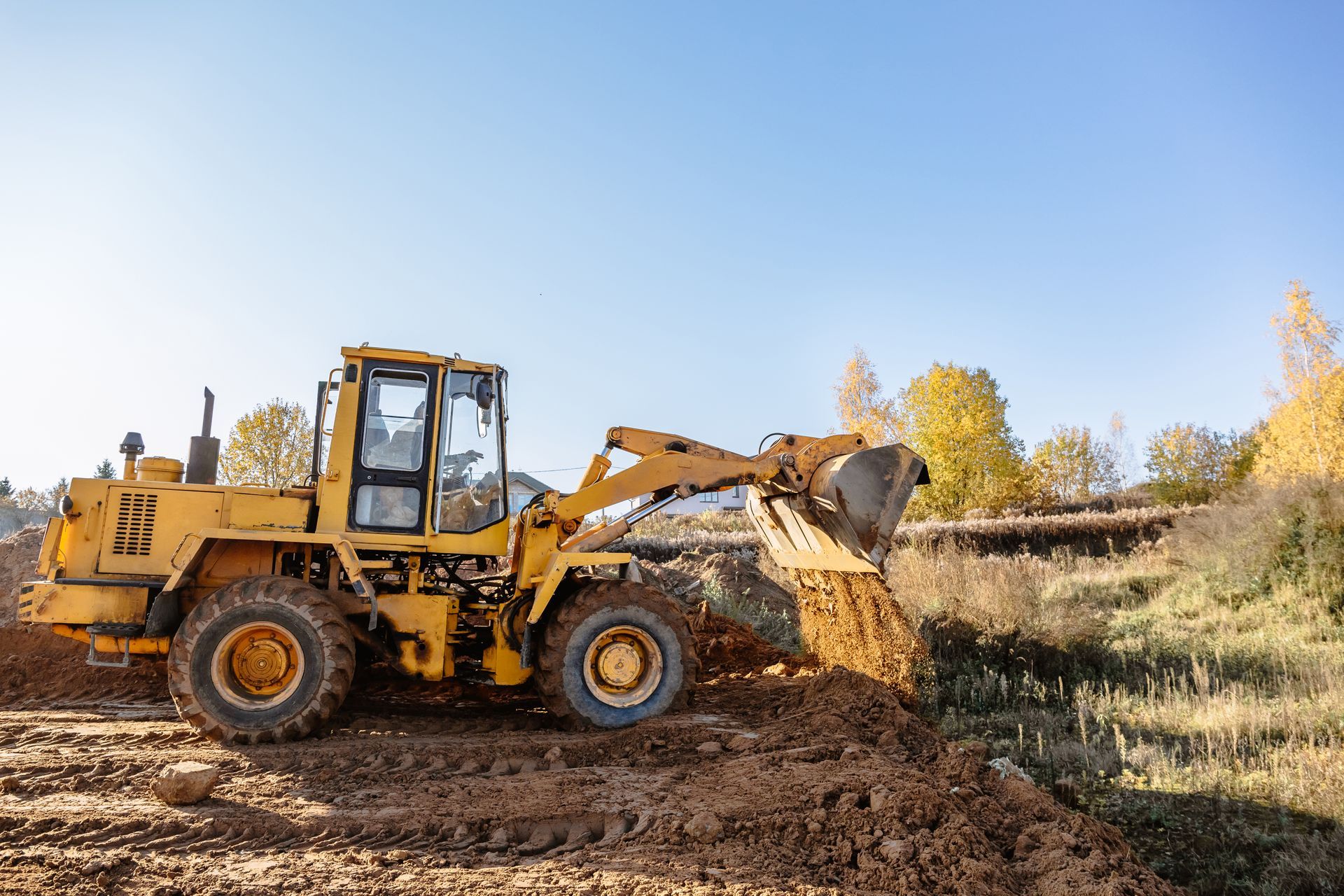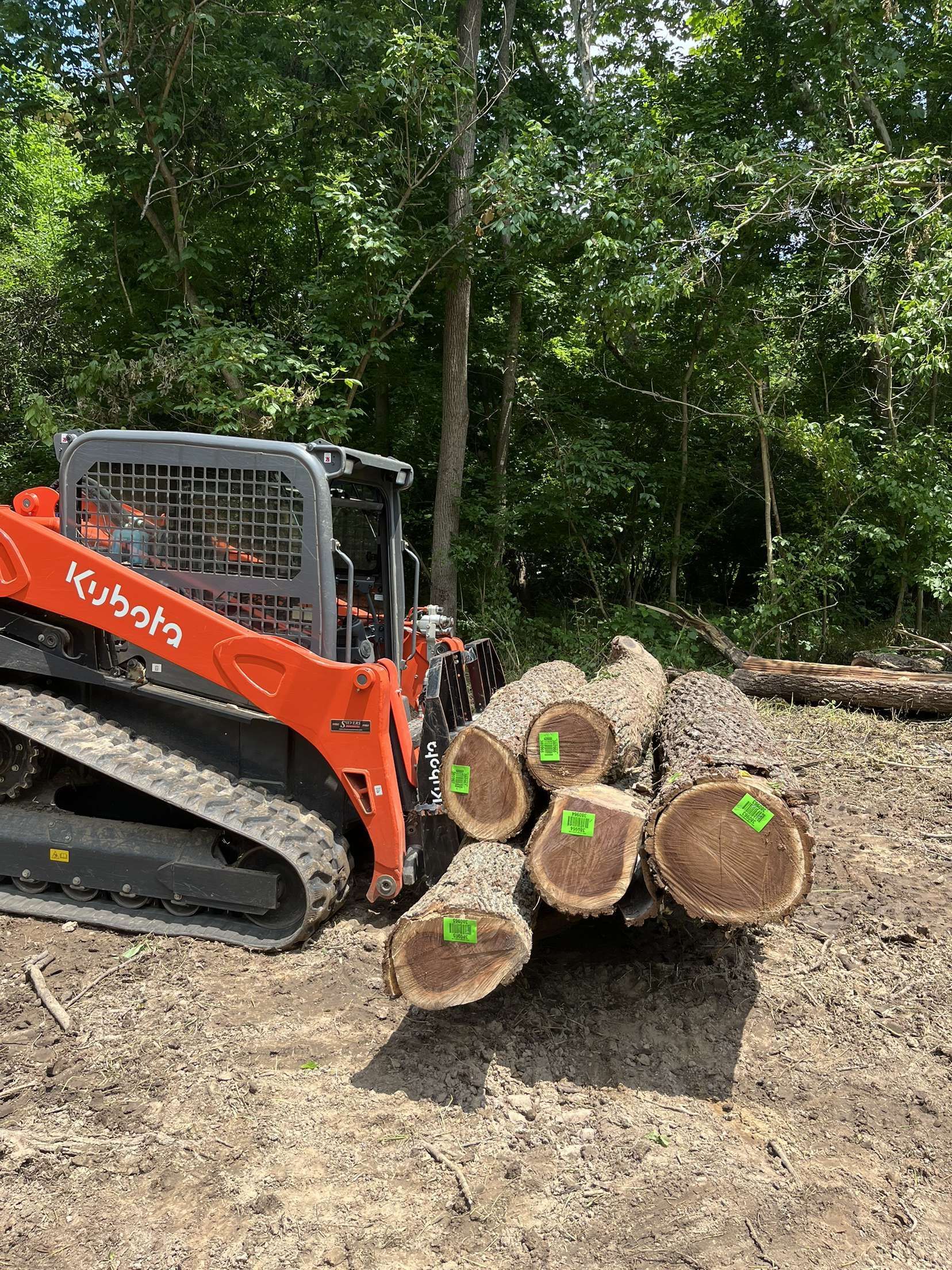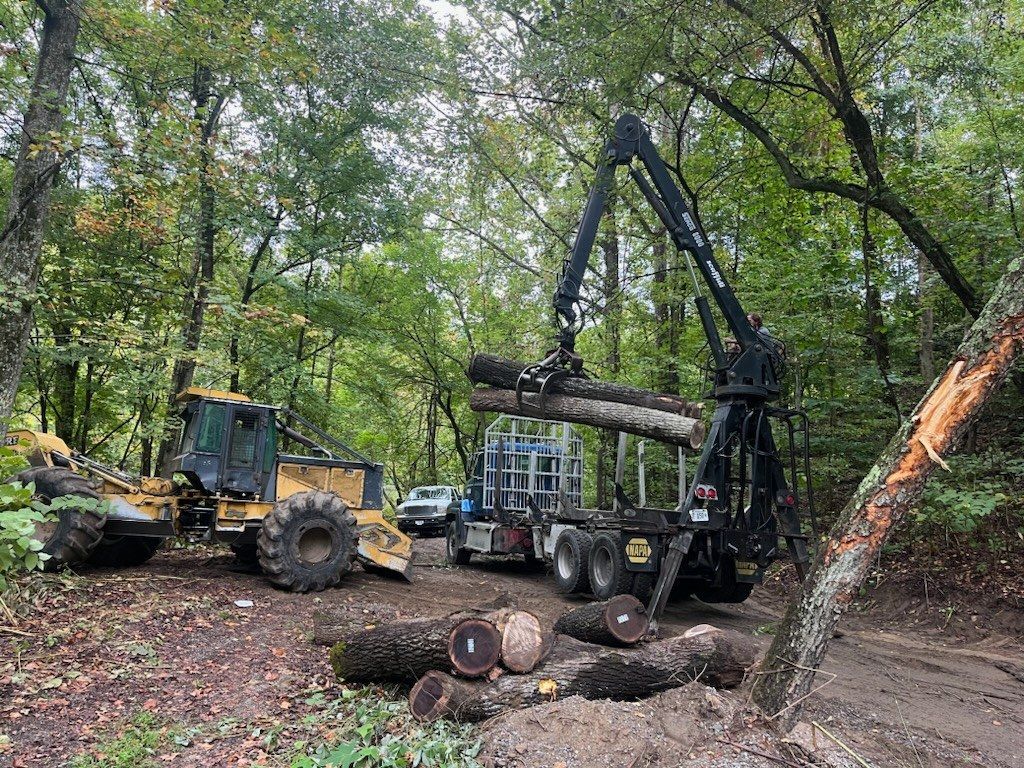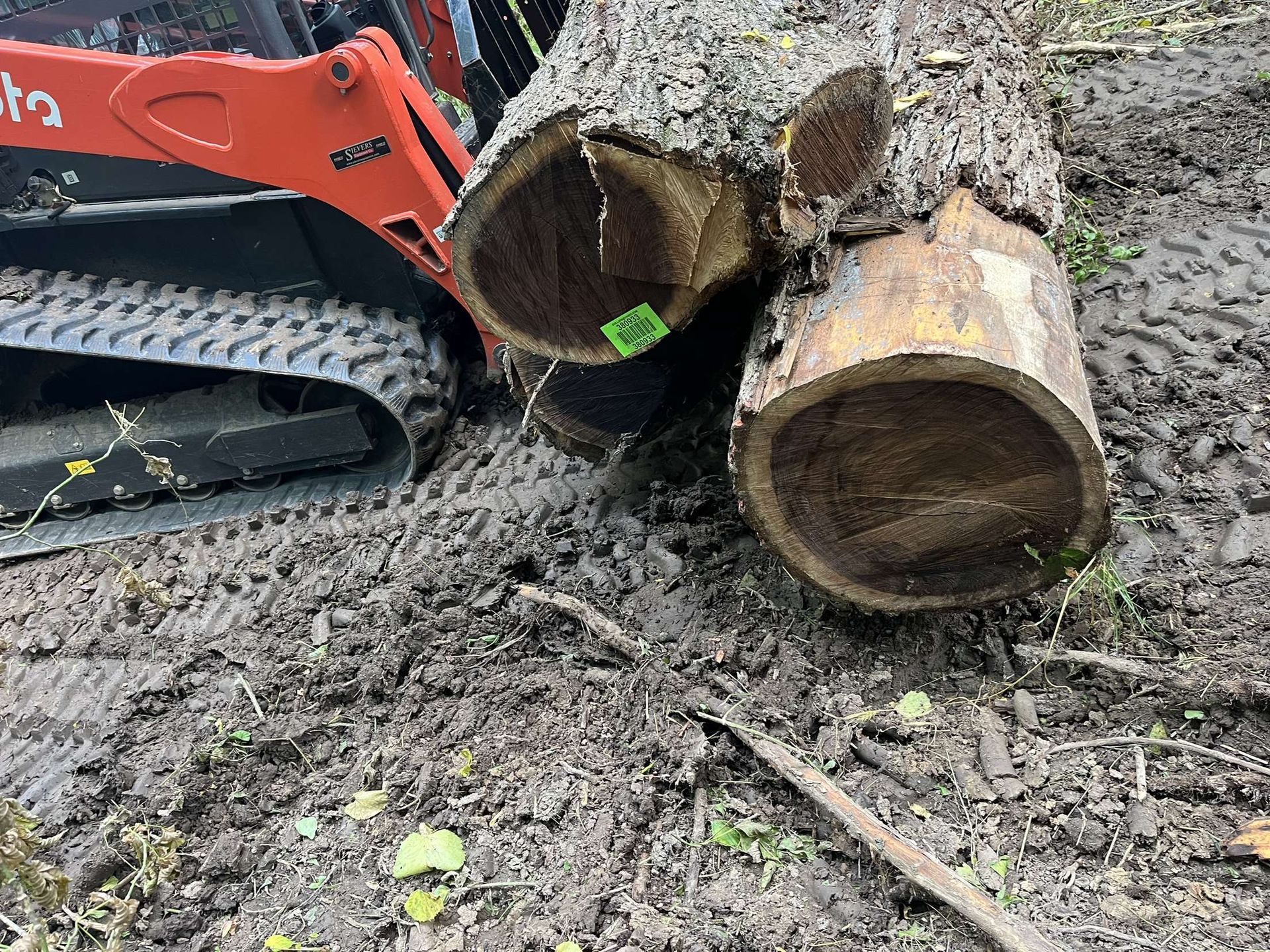The Benefits of Low Impact Logging for Sustainable Forestry
The Benefits of Low Impact Logging for Sustainable Forestry
At Grade Timber, we are committed to sustainable forestry practices that preserve our planet’s forests while meeting the demands of the timber industry. One of the most effective methods we champion is low impact logging (LIL), a practice that balances environmental stewardship with economic viability. In this article, we’ll explore the numerous benefits of low impact logging, why it’s critical for the future of our forests, and how Grade Timber is leading the way in sustainable timber harvesting.
What is Low Impact Logging?
Low impact logging is a sustainable forestry practice designed to minimize environmental damage during timber harvesting. Unlike traditional logging methods that can lead to deforestation, soil degradation, and habitat destruction, LIL employs techniques that reduce ecological disruption while maintaining forest health. These methods include selective cutting, careful planning of logging routes, and the use of specialized equipment to limit soil compaction and damage to surrounding trees.
At Grade Timber, we integrate low impact logging into our operations to ensure that our forests remain vibrant ecosystems for generations to come. By prioritizing sustainability, we provide high-quality timber while protecting the environment—a win-win for our clients and the planet.
Key Benefits of Low Impact Logging:
1. Preservation of Forest Ecosystems
Low impact logging is designed to protect the delicate balance of forest ecosystems. By selectively harvesting trees and avoiding clear-cutting, LIL minimizes disruption to wildlife habitats, plant species, and soil structures. This approach ensures that forests continue to provide essential ecosystem services, such as carbon sequestration, water filtration, and biodiversity support.
For example, selective logging allows younger trees to thrive, maintaining the forest’s canopy and providing shelter for wildlife. At Grade Timber, we carefully assess each site to identify which trees to harvest, ensuring that the forest remains a healthy, functioning ecosystem.
2. Reduced Soil Erosion and Compaction
Traditional logging often involves heavy machinery that compacts soil and increases erosion, leading to long-term damage to forest floors. Low impact logging mitigates these issues by using lighter equipment, such as low-ground-pressure machinery, and planning skid trails to avoid sensitive areas like streams and wetlands.
By reducing soil disturbance, LIL helps maintain soil fertility and prevents sediment runoff into waterways, which can harm aquatic ecosystems. Grade Timber’s commitment to low impact logging ensures that our harvesting practices protect the land’s long-term productivity, making it a cornerstone of our sustainable timber operations.
3. Carbon Sequestration and Climate Change Mitigation
Forests play a critical role in combating climate change by absorbing carbon dioxide from the atmosphere. Low impact logging helps maintain this carbon storage capacity by preserving the majority of the forest’s biomass. Unlike clear-cutting, which releases stored carbon and reduces a forest’s ability to sequester CO2, LIL ensures that forests continue to act as carbon sinks.
At Grade Timber, we recognize the importance of forests in the fight against climate change. Our low impact logging practices align with global sustainability goals, helping to reduce greenhouse gas emissions while supplying responsibly sourced timber.
4. Support for Biodiversity
Forests are home to countless species of plants, animals, and microorganisms. Traditional logging can disrupt these ecosystems, leading to habitat loss and declining biodiversity. Low impact logging, however, prioritizes the protection of biodiversity by minimizing habitat disturbance and preserving critical areas like nesting sites and water sources.
Grade Timber’s low impact logging operations are guided by thorough environmental assessments to ensure that our activities support local wildlife and plant species. By choosing sustainable timber from Grade Timber, our clients contribute to the preservation of biodiversity and the health of our planet’s ecosystems.
5. Economic Benefits and Long-Term Forest Productivity
Low impact logging isn’t just good for the environment—it’s also good for business. By maintaining forest health, LIL ensures that forests remain productive for future harvests, providing a sustainable source of timber. This long-term approach benefits landowners, timber companies, and local communities by creating a reliable supply of high-quality wood.
At Grade Timber, we work closely with landowners to implement low impact logging strategies that maximize the value of their timber while preserving their land’s productivity. Our expertise in sustainable forestry ensures that our clients receive premium timber products without compromising the future of their forests.
6. Improved Water Quality
Forests act as natural filters, purifying water as it moves through the ecosystem. Traditional logging can contaminate water sources by increasing sediment runoff and disturbing streams. Low impact logging mitigates these risks by avoiding sensitive riparian zones and using techniques that minimize soil disturbance.
Grade Timber’s low impact logging practices protect water quality, ensuring that local communities and ecosystems have access to clean water. This commitment to environmental stewardship sets us apart as a leader in sustainable timber harvesting.
7. Community and Social Benefits
Low impact logging supports local communities by promoting sustainable land management and creating jobs in the timber industry. By investing in environmentally friendly practices, companies like Grade Timber contribute to the economic and social well-being of rural areas while fostering a positive relationship with stakeholders.
Our team at Grade Timber engages with local communities to educate them about the benefits of low impact logging. We believe that sustainable forestry is a collaborative effort, and we’re proud to partner with landowners and communities to protect our shared natural resources.
Why Choose Grade Timber for Low Impact Logging?
At Grade Timber, we are passionate about delivering high-quality timber while prioritizing environmental responsibility. Our low impact logging practices are backed by years of expertise, cutting-edge technology, and a commitment to sustainability. Here’s why landowners and businesses trust us:
- Expertise: Our team of forestry professionals is trained in low impact logging techniques, ensuring minimal environmental impact and maximum timber quality.
- Technology: We use state-of-the-art equipment designed to reduce soil compaction and protect forest ecosystems.
- Transparency: We work closely with clients to develop customized logging plans that align with their goals and values.
- Sustainability: Our practices are aligned with global standards for sustainable forestry, ensuring that our forests thrive for future generations.
By choosing Grade Timber, you’re investing in a sustainable future for our planet while receiving premium timber products. Whether you’re a landowner looking to manage your forest responsibly or a business seeking eco-friendly timber, we’re here to help.
Low impact logging is a game-changer for the timber industry, offering a sustainable alternative to traditional harvesting methods. From preserving biodiversity and reducing soil erosion to supporting climate change mitigation and local communities, the benefits of LIL are undeniable. At Grade Timber, we’re proud to lead the way in sustainable forestry, delivering high-quality timber while protecting the environment.
Ready to learn more about how low impact logging can benefit your land or business? Contact Grade Timber today to discuss our sustainable timber solutions. Together, we can build a greener, more sustainable future.
Visit Grade Timber to explore our
low impact logging services and discover how we can help you achieve your forestry goals sustainably.

